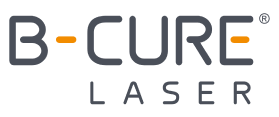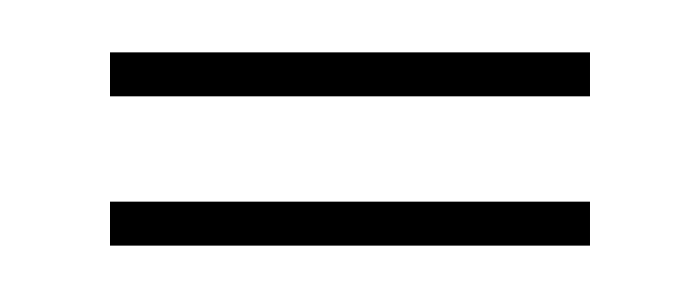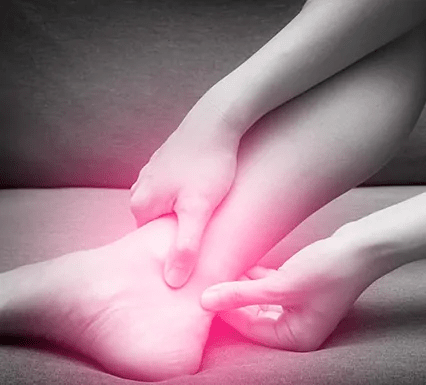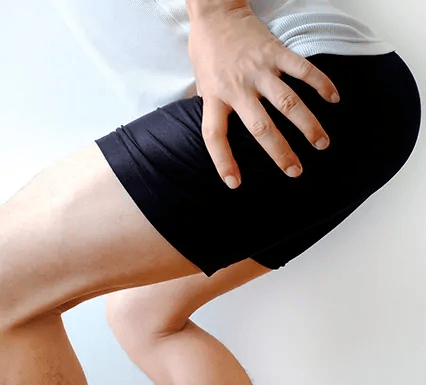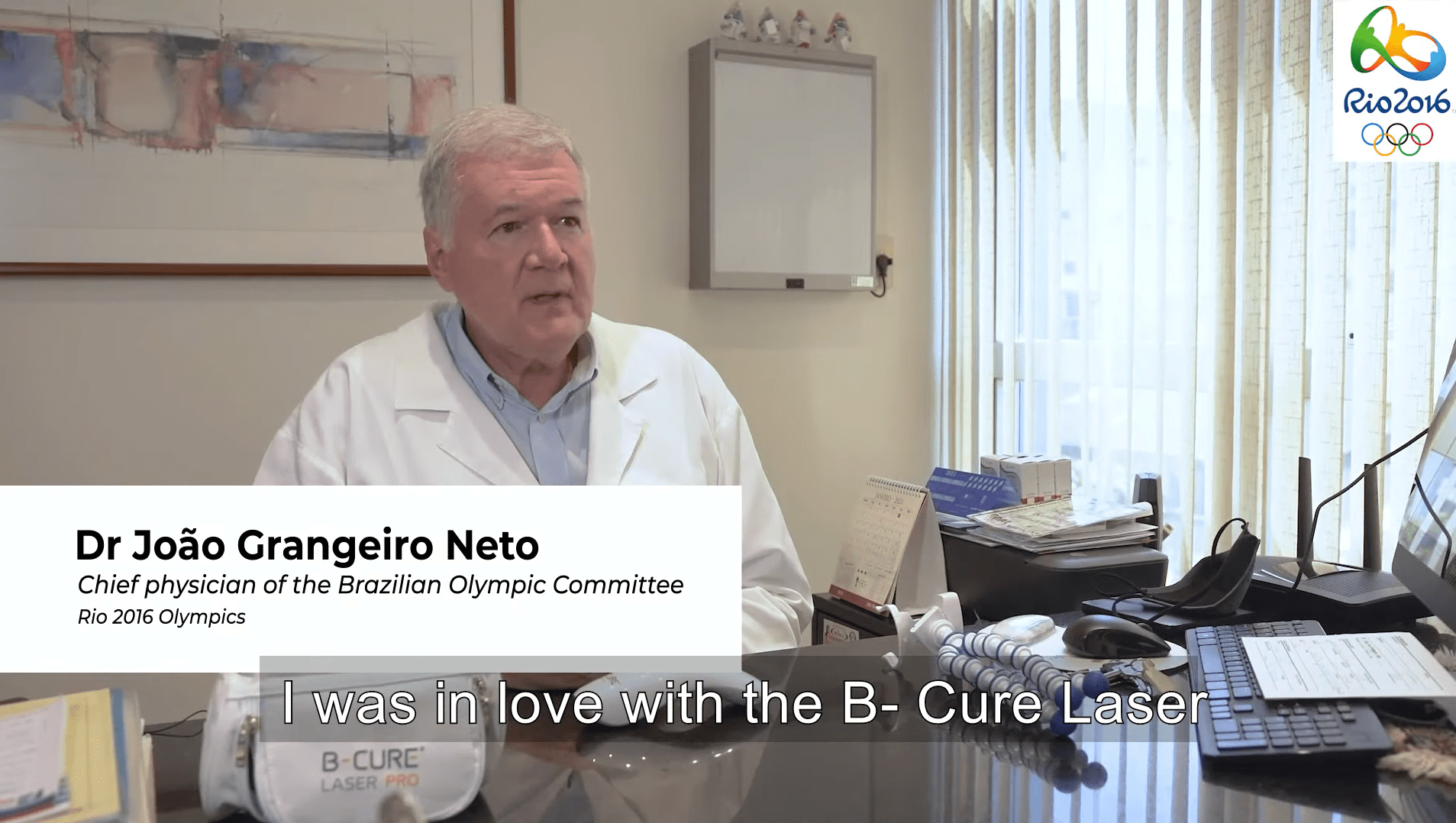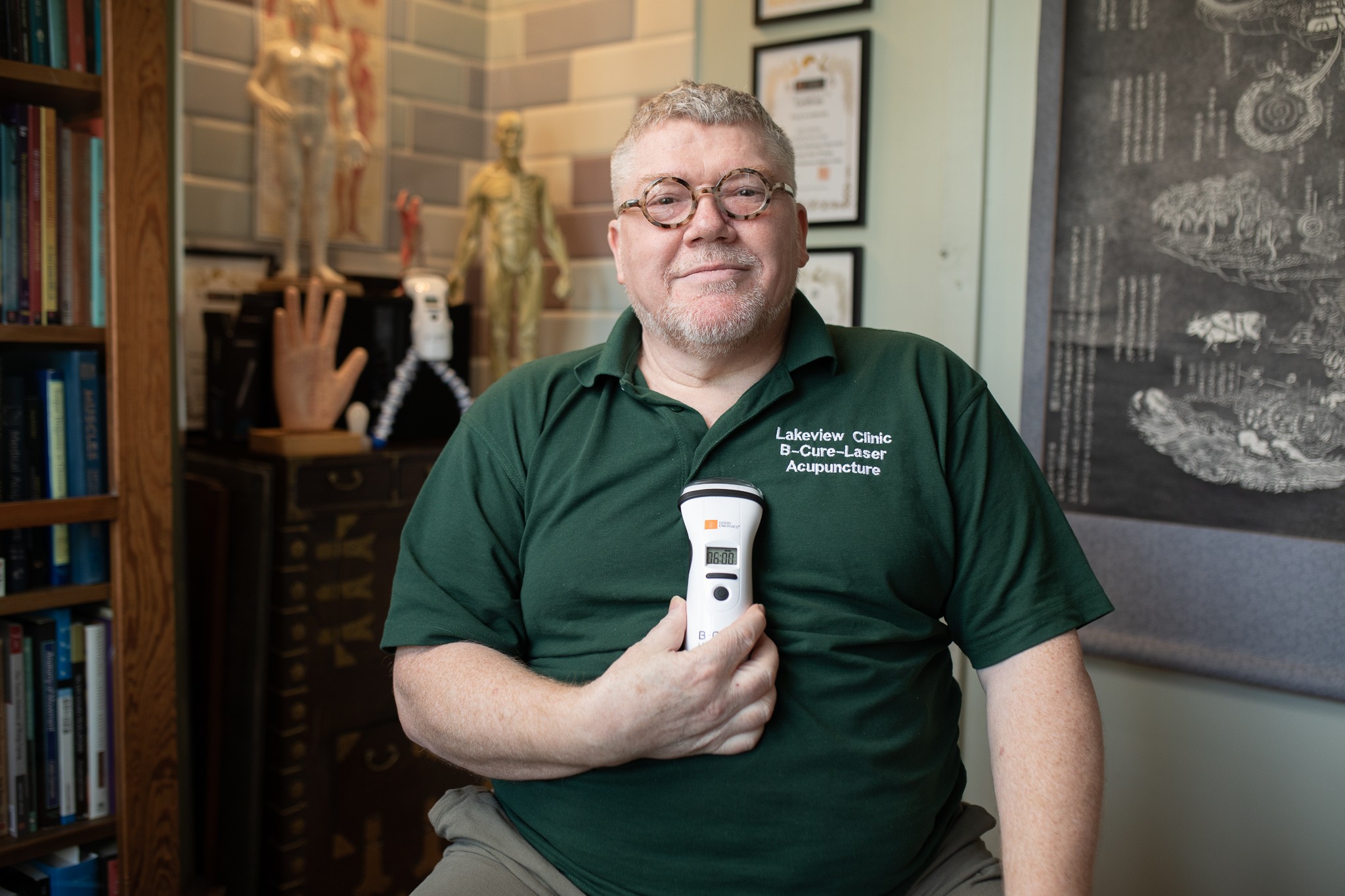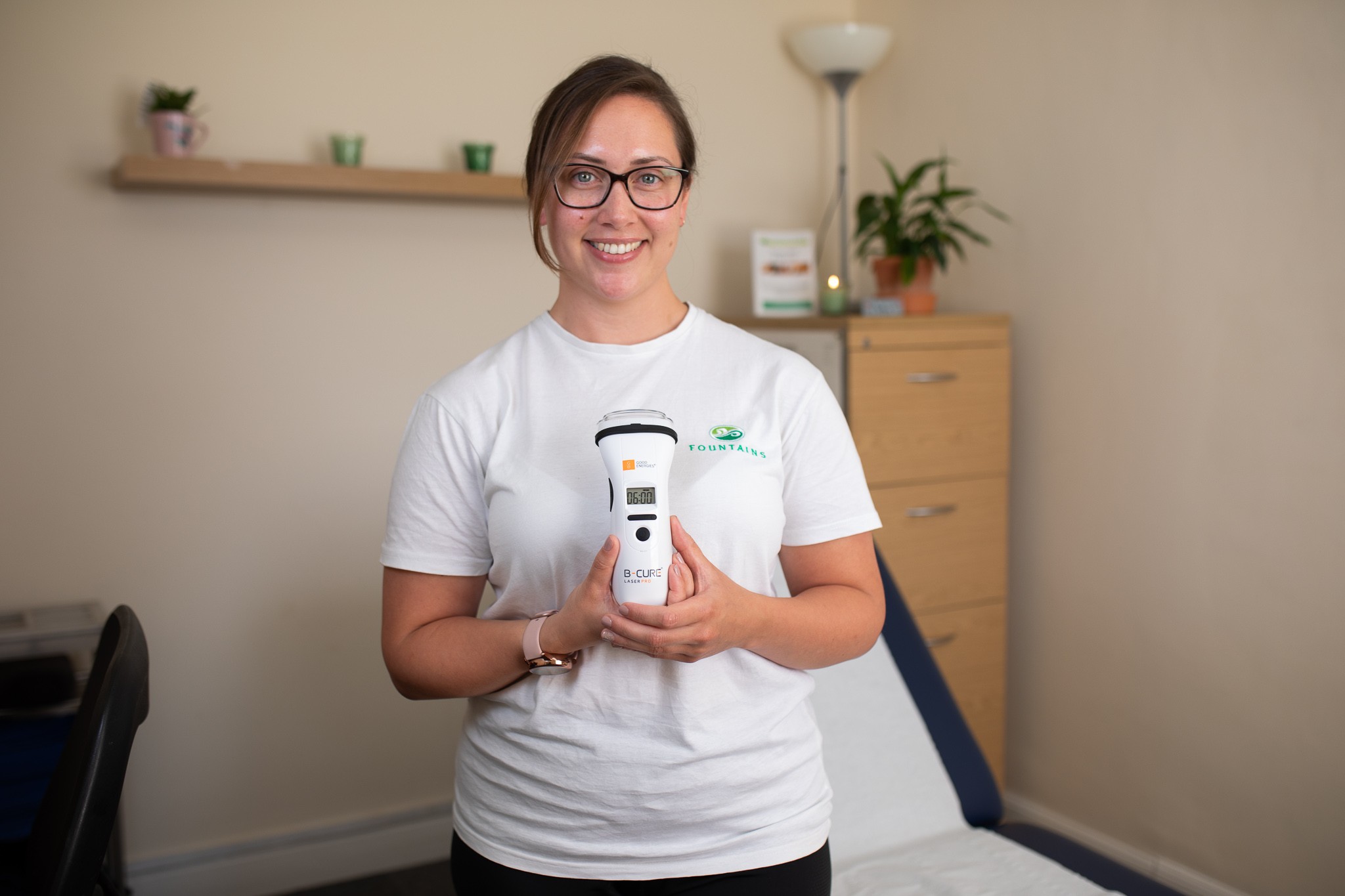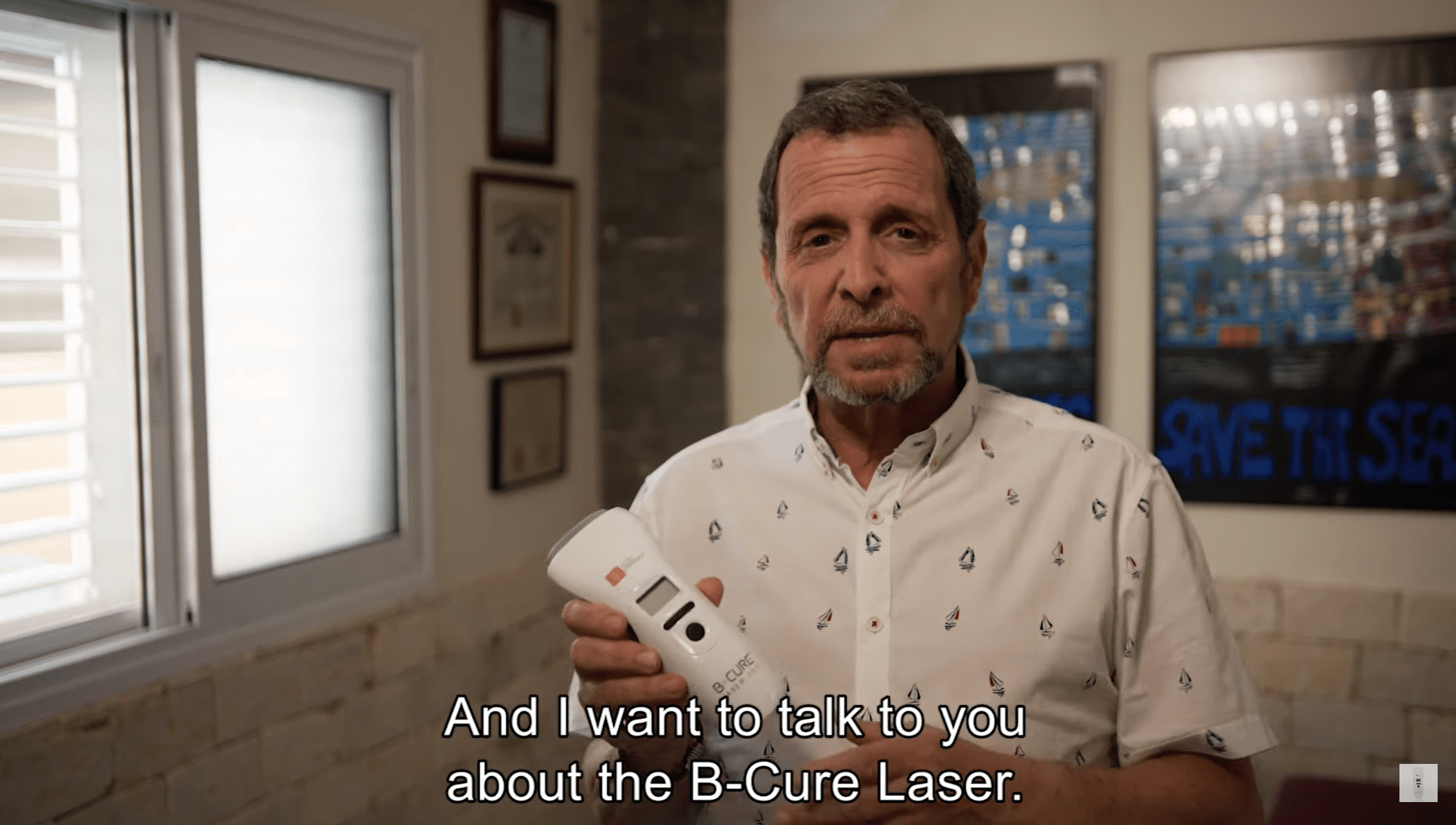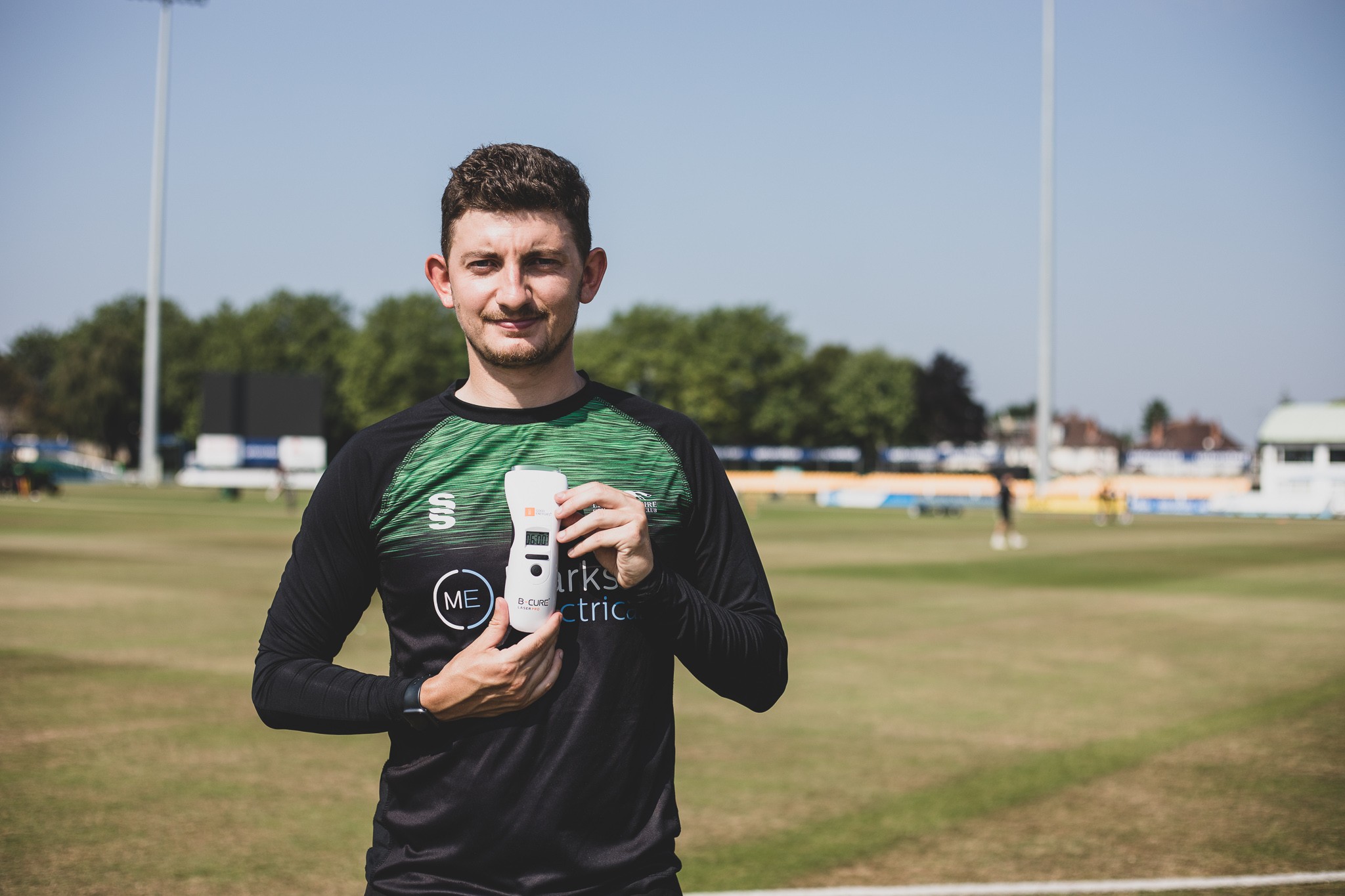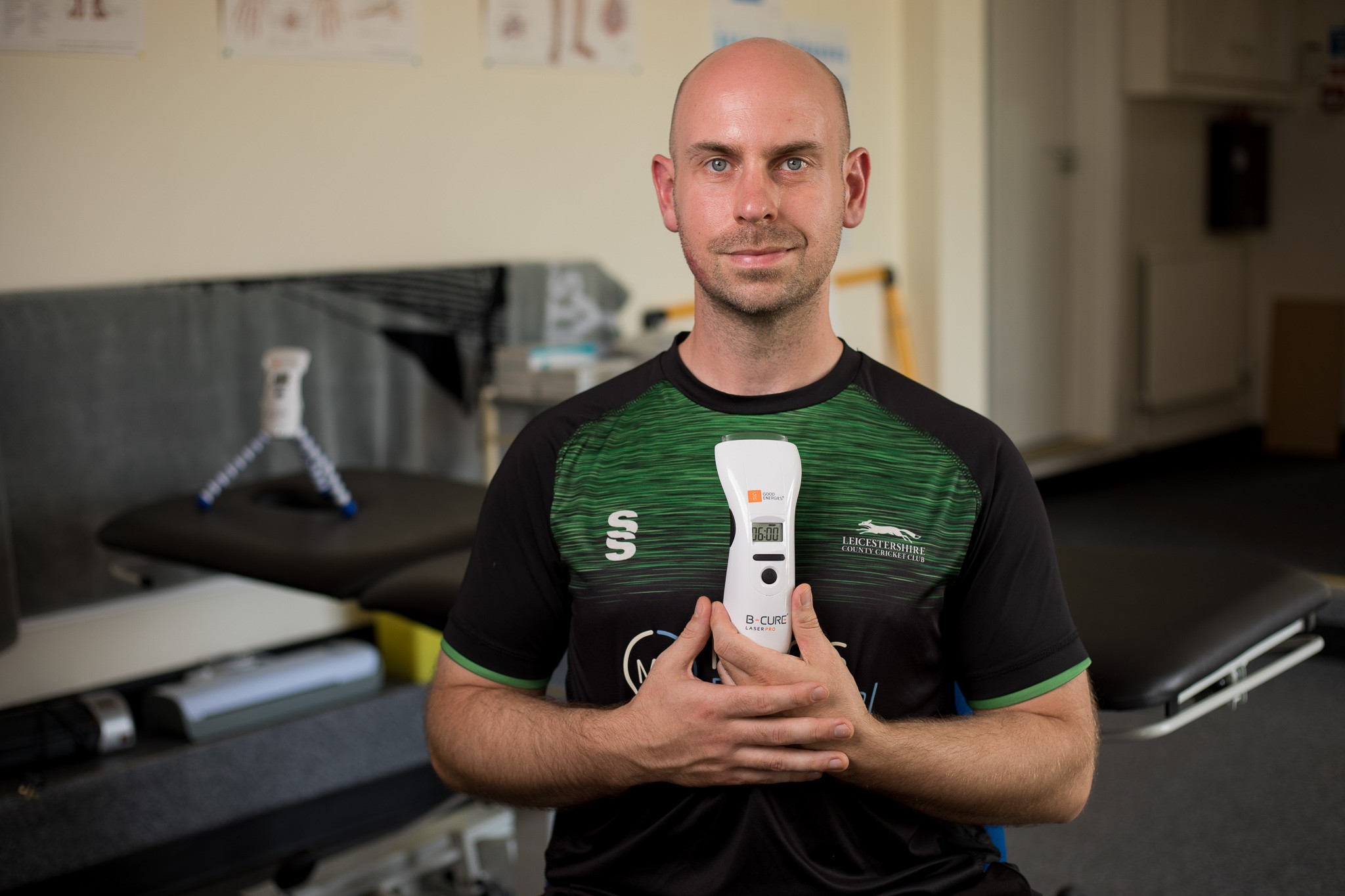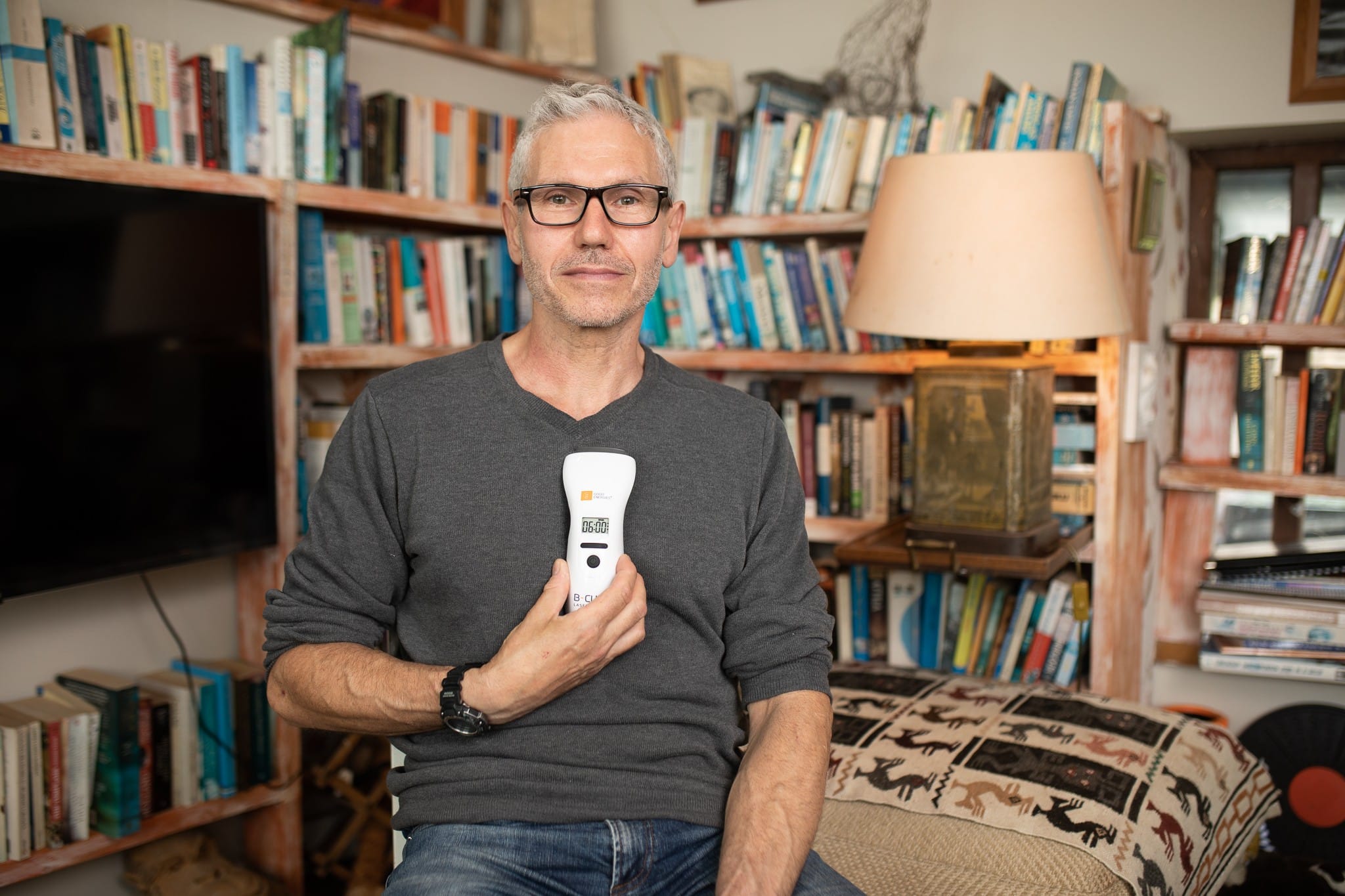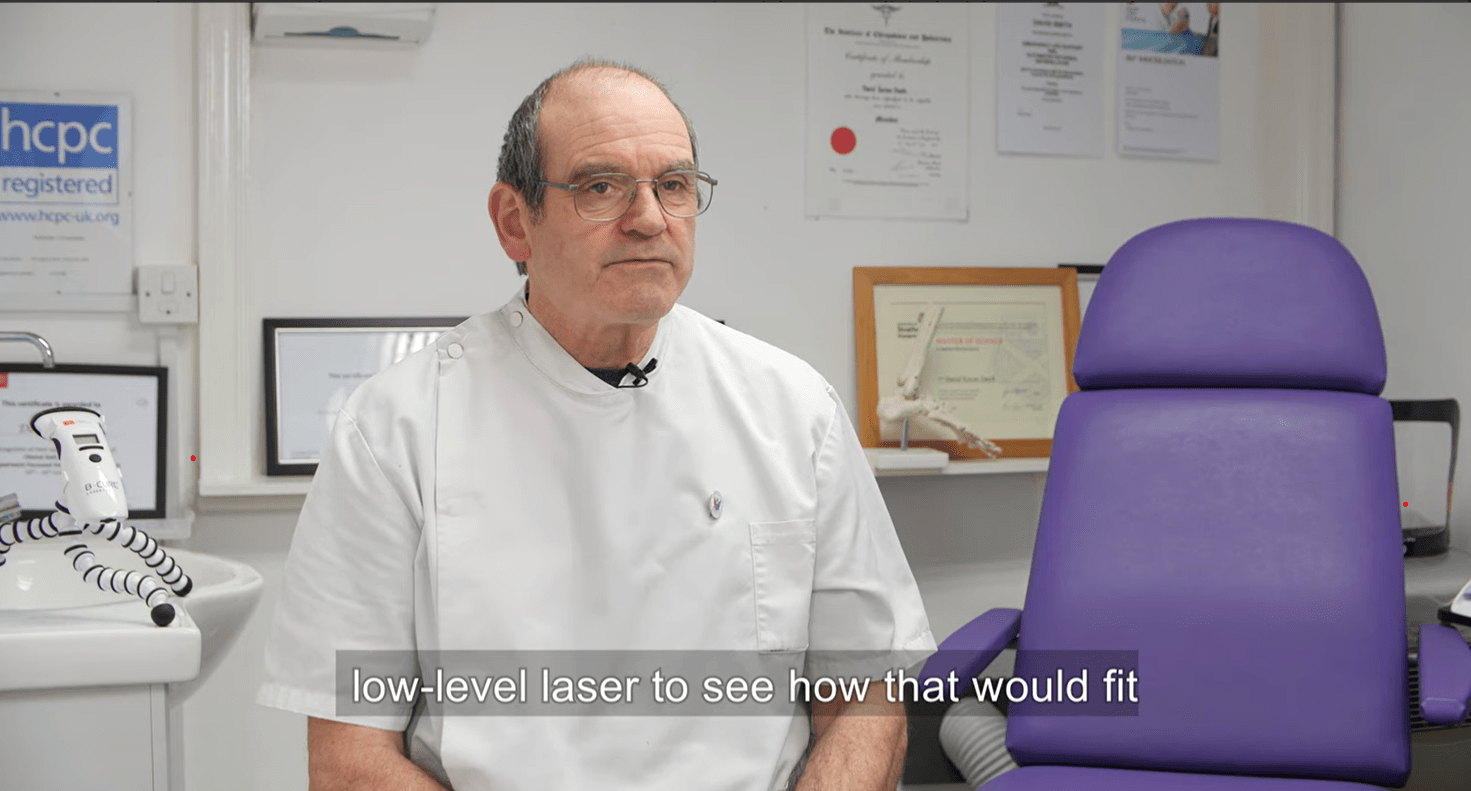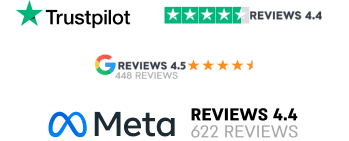What distinguishes wounds from ulcers? A wound results from an external force causing an acute breakdown of tissue. In contrast, an ulcer originates internally, often due to an underlying disease or other internal factors, leading to a more gradual tissue breakdown.
Ulcers are common among individuals with diabetes, neuropathy, or vascular disease. Open wounds in these individuals can increase the risk of infection in the underlying tissues.
A skin wound that is slow to heal or heals partially but then recurs is known as a chronic wound. Chronic wounds can result from various causes, including trauma, burns, skin cancers, infections, or underlying medical conditions such as diabetes. These persistent wounds require specialized care.
Diabetic Ulcers
Until now, medical responses for these patients have been limited, leaving many to suffer from diabetic ulcers. The lack of effective treatment or neglect can lead to the spread and deepening of wounds, sometimes resulting in severe conditions such as sepsis. At this stage, invasive treatments, including surgery or even amputation, may be necessary to prevent life-threatening health deterioration.
Diabetes impairs blood circulation, damages cell structures, causes infections, and affects the nerves (neuropathy), all of which slow the healing process.
Surgical Wounds
A surgical wound, often created with a scalpel during surgery, can also result from the placement of a drain. These wounds vary in size and are typically closed with sutures or staples, although they are sometimes left open to heal naturally.
Pressure Sores
Prolonged pressure on the skin, caused by immobility or constant friction, can lead to pressure sores, also known as bedsores. These sores commonly develop in areas where bones are close to the skin and pressed against an external surface, such as the lower back, ankles, hips, and buttocks.
What hinders the healing of these wounds?
Advanced age, underlying illnesses, and the size or depth of a wound can all delay healing. Larger wounds take longer to heal than smaller ones, increasing the risk of infection. As patients age, their ability to heal diminishes, further extending the healing process.
Use B-Cure Laser to treat wounds and diabetic ulcers
Thanks to its patented electro-optic device mechanism, B-Cure Laser serves as an effective adjunctive treatment for acute and chronic wounds.
A double-blind, randomized, placebo-controlled clinical study demonstrated that 12 weeks of daily B-Cure Laser treatments significantly reduced wound size in patients with diabetic foot ulcers compared to sham-irradiated controls. In the LLLT B-Cure Laser group, 70% of patients achieved over 90% wound closure, while only 13% in the placebo group reached this level of closure (p=0.01 by FET). Some ulcers in the active group fully healed during the trial period.
Many patients prefer using the B-Cure Laser for adjunctive treatment due to its effectiveness and convenience for home use.
In a study on diabetic foot ulcers conducted at Hadassah Medical Center, patients using B-Cure Laser Pro witnessed impressive results, with significant healing progress observed within seven days of treatment and nearly closed wounds after 30 days.
Professor Reis, a senior orthopedic physician, found that the B-Cure Laser is a valuable complementary treatment for wounds, significantly enhancing the body’s natural healing mechanisms. “B-Cure Laser Pro is a good complementary treatment for wounds, significantly helping to produce collagen and elastin, renew skin tissue, and accelerate lymphatic drainage to reduce infection,” said Professor Reis. He added, “The device also induces the release of endorphins, relieving pain, which is particularly beneficial for those suffering from neuropathic pain. All these factors contribute to accelerating the healing processes of wounds while forming new and healthy skin tissue.”
New life for diabetics – in their own words
Mr. Lerner, one of the first patients treated for a diabetic wound with the B-Cure Laser, shared his experience:
“Last year, I fell and injured my right foot, resulting in an 8cm x 7cm ulcer on the sole. Despite treatment at several hospitals, including hyperbaric oxygen therapy for diabetics, there was no improvement. I read about the B-Cure Laser in a newspaper advertisement and decided to try it. Within three months, the treatment restored my foot to a healthy state. The healing process was painless, and I experienced no side effects. They had told me that complete recovery would take at least three years, and some even advised me to amputate my foot.”
Treatment at home
For trauma wounds, burns, surgical scars, and diabetic foot ulcers, the B-Cure Laser serves as an adjunctive treatment. Users can administer the treatment at home with guidance from B-Cure’s professional team and their own healthcare providers. The treatment is painless, convenient, and has no known side effects. However, B-Cure Laser should not be used as a standalone treatment.
How does B-Cure Laser Pro work?
Low-level laser therapy (LLLT), also known as cold laser therapy, involves applying a laser beam to the skin, which penetrates deeply into underlying tissues without causing skin damage or heating. This therapy stimulates cell activity, strengthens cell signals, and enhances the body’s natural immune system efficiency. LLLT boosts the production of anti-inflammatory enzymes, releases endorphins (pain-reducing hormones), and increases the formation of collagen and elastin. Additionally, LLLT is an effective adjunctive treatment for healing wounds.
Video: How does B-Cure Laser work? Technology & Innovation
Treatment protocol
B-Cure Laser is intended as an adjunctive treatment to standard care and should never be used as a standalone treatment.
Before treatment, dressings must be removed.
Treat the following locations
Wound Margins
Every dressing replacement (daily treatment recommended, maximum once per day): begin with 2 minutes per application for the first 2 weeks. If there is no improvement, increase to 3 minutes per application.
When treating the wound margin, the beam should also cover 2mm of the wound bed’s outer edge.
Wound Bed
Each time the dressing is replaced (daily treatment recommended, maximum once per day): begin with 30 seconds per application for the first 2 weeks. Again, if there is no improvement, increase to 1 minute per application.
The number of applications to be performed is according to wound size (see illustration)
Inguinal and Popliteal Lymph Nodes
Apply daily on both lymph nodes of the wounded leg (max. twice a day): 1 min. per each application.
To learn more about other health conditions that the B-Cure Laser can help manage, please visit our Treatment Guide page.
